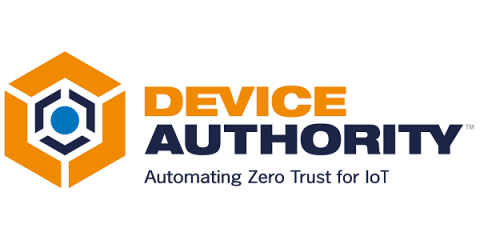Essential IAM Solution Insights: Your Ultimate Guide to Identity Access Management
As digital threats evolve, securing access to enterprise systems and data is paramount. IAM solutions provide a strategic approach to control and monitor user permissions effectively. In this article, we decode how IAM works, its components, and its indispensable role in fortifying modern business security.







